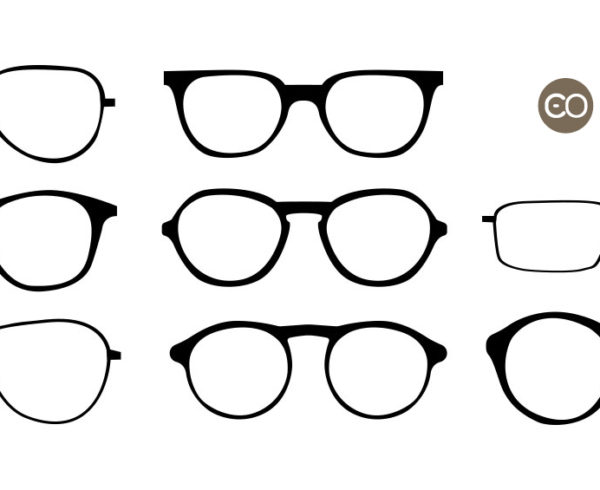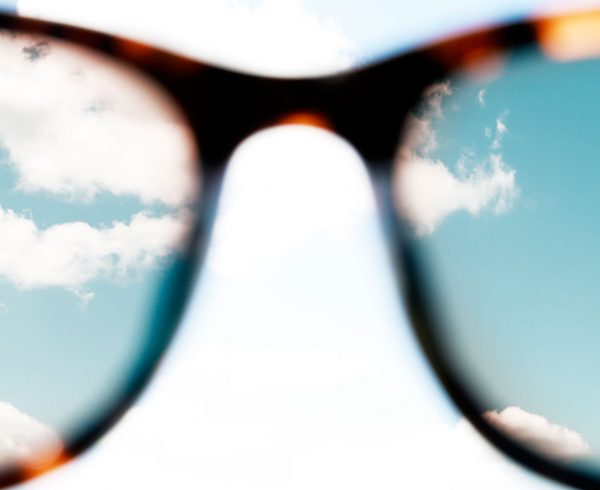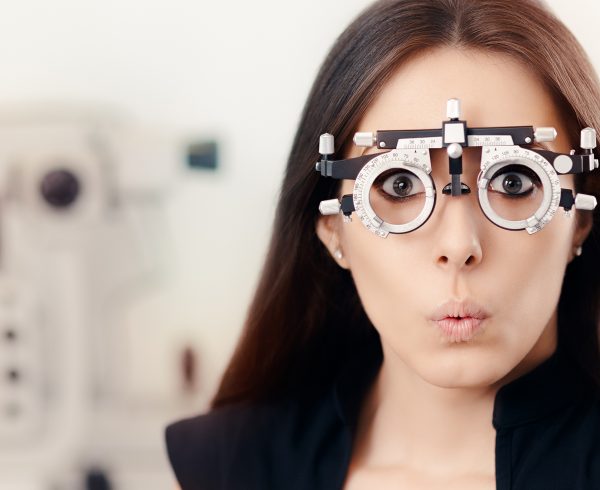Presby … what? Presbyopia means age-related eye malfunction or farsightedness. It is not a disease, but a normal age-related loss of function.
Development of Presbyopia
From about middle age, the eye lens gradually loses its capacity for accommodation, i.e. switching from near to farsightedness. Despite still having good farsightedness, from the age of 45 most people notice a decline in nearsightedness. The process, however, is gradual and hardly noticeable and begins at about 30 years of age. The elasticity of the lens diminishes extremely slowly, and the process continues for years. It is, therefore, a long time before one notices presbyopia.
Symptoms of Presbyopia
Newspaper texts can only be read in bright light and at a greater distance from the eyes and headaches can even occur. In the course of the day, the symptoms usually increase.
Causes
To be able to see sharply, the image must be projected as punctiform as possible onto the retina through the “optical apparatus” (cornea, aqueous humour, eye lens). The focus of the light is not directly on the retina, but on a small part behind it. If the projection does not work optimally, the image on the retina is scattered and blurred. Due to the flexibility of the eye lens, you can “focus” things that are at different distances from the eye. This flexibility can change the shape and thereby adjust the refractive power to different distances. Thanks to the accommodation, things that are very far away, as well as those that are very close are seen sharply.
The cause of presbyopia is an age-related hardening of the eye lens. Due to lack of flexibility, the refraction angle of light can no longer be actively controlled. The visual impression is then blurred, because the image is displayed behind the retina.
What can I do about presbyopia?
In general, there are three ways to counteract the loss of the eye function: glasses, contact lenses or refractive surgery. In addition, eye training should also be able to prevent the incidence of presbyopia.
- Reading Glasses to Counteract Presbyopia
Reading glasses can correct presbyopia very well. Precise eyeglass lenses can accurately measure the extent of presbyopia. In addition, reading glasses are often half-rim glasses, which look like the top has been cut off. So, when you are wearing them you can just look over the lenses to see in the distance. The strength of the glasses depends on age and the desired reading distance. If nearsightedness, farsightedness or a curvature of the cornea exist that is already corrected for farsightedness with glasses, multi-vision glasses are recommended. Special activities such as work on the PC can be compensated with special glasses.
The optimal solution are bifocal spectacles. This type of glasses infinitely compensates for myopia as well as hyperopia. Due to the complex production method, the lenses are usually quite expensive.
But in our flagship stores, bifocal lenses are still available for a few days longer with a discount of up to 80%.
- Contact Lenses
The ophthalmologist measures the refractive power of the eye and the corneal surface and subjectively determines the nearsighted correction of the eye. Then, among the various types of contact lenses, the doctor selects and adjusts the most appropriate lenses for the eyes. If the eye is suitable for wearing contact lenses and the care instructions, as well as regular control appointments and recommended wearing times are complied with, then contact lenses can be worn for a longer period.
- Surgical Procedures
Surgical correction of presbyopia is useful if wearing glasses or contact lenses cannot be tolerated for a variety of reasons. Today, refractive surgical procedures are of a high quality. Depending on the degree of presbyopia, the ophthalmologist can recommend a suitable surgical procedure. Important for the success of surgery is a comprehensive examination of the eye and competent clarification. Often the surgery is combined with cataract surgery. It is possible to implant multifocal lenses in place of the cloudy lens.
- Eye Training
Presbyopia is significantly influenced by the hardening of the lens and the respective strength of the surrounding ciliary muscle. Presbyopia cannot be completely restricted. However, you can keep your eyes fit by regularly switching between distance and near vision. Unfortunately, the hardening of the lens can hardly be prevented by training. And even from a certain degree of lens consolidation, even the strongest eye training can no longer help.
 English
English Deutsch
Deutsch Dansk
Dansk Svenska
Svenska Nederlands
Nederlands Français
Français Magyar
Magyar polski
polski Română
Română









Leave a Comment